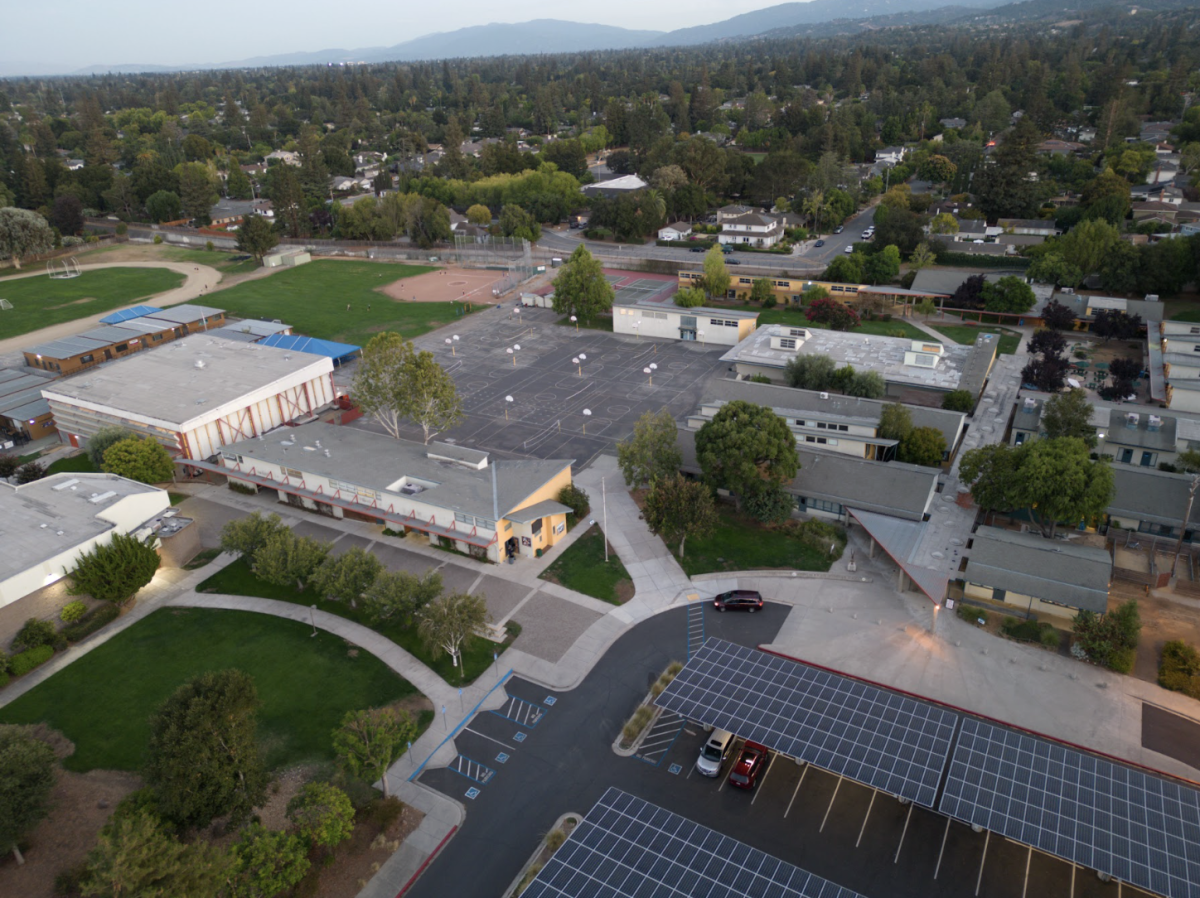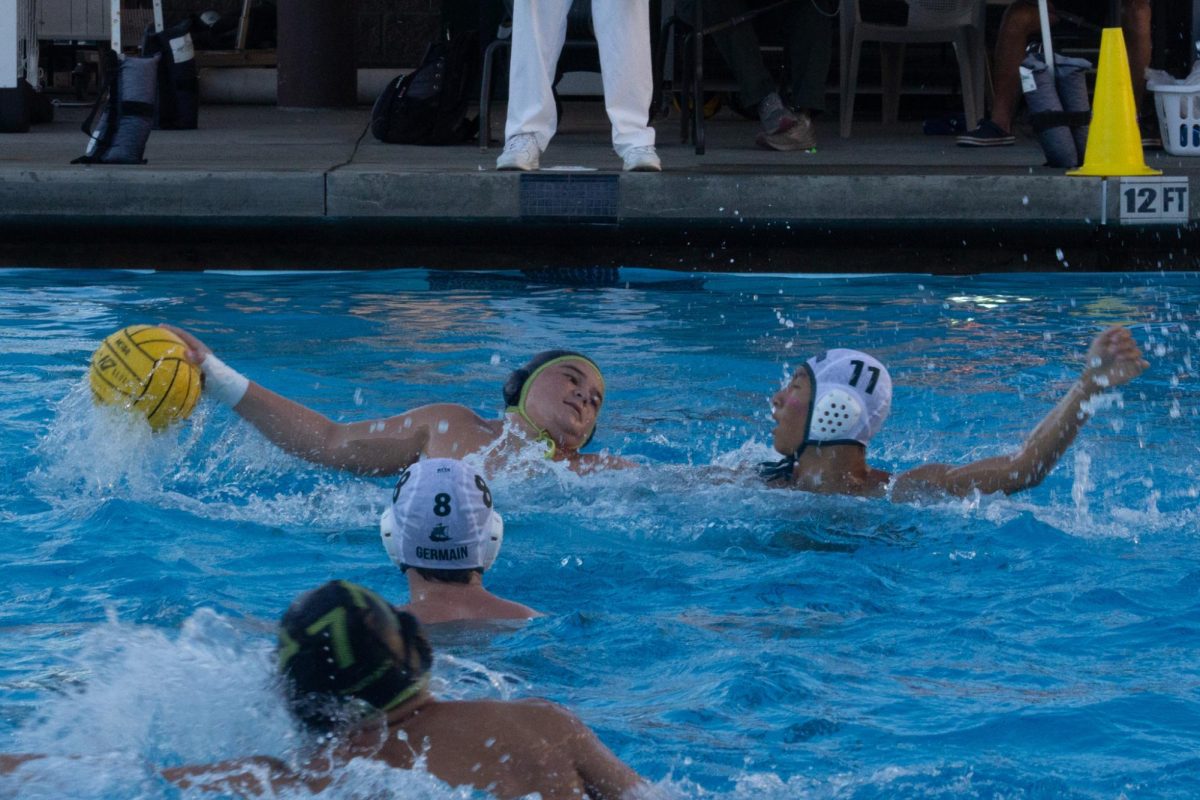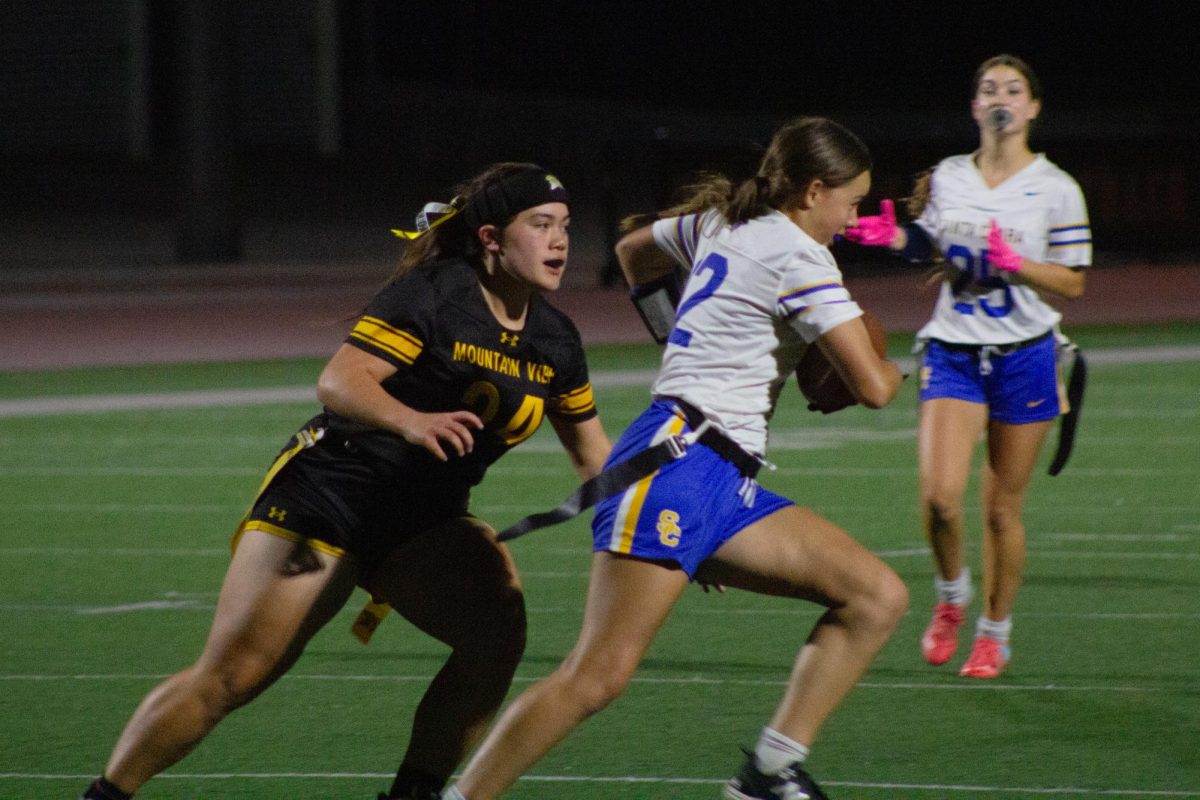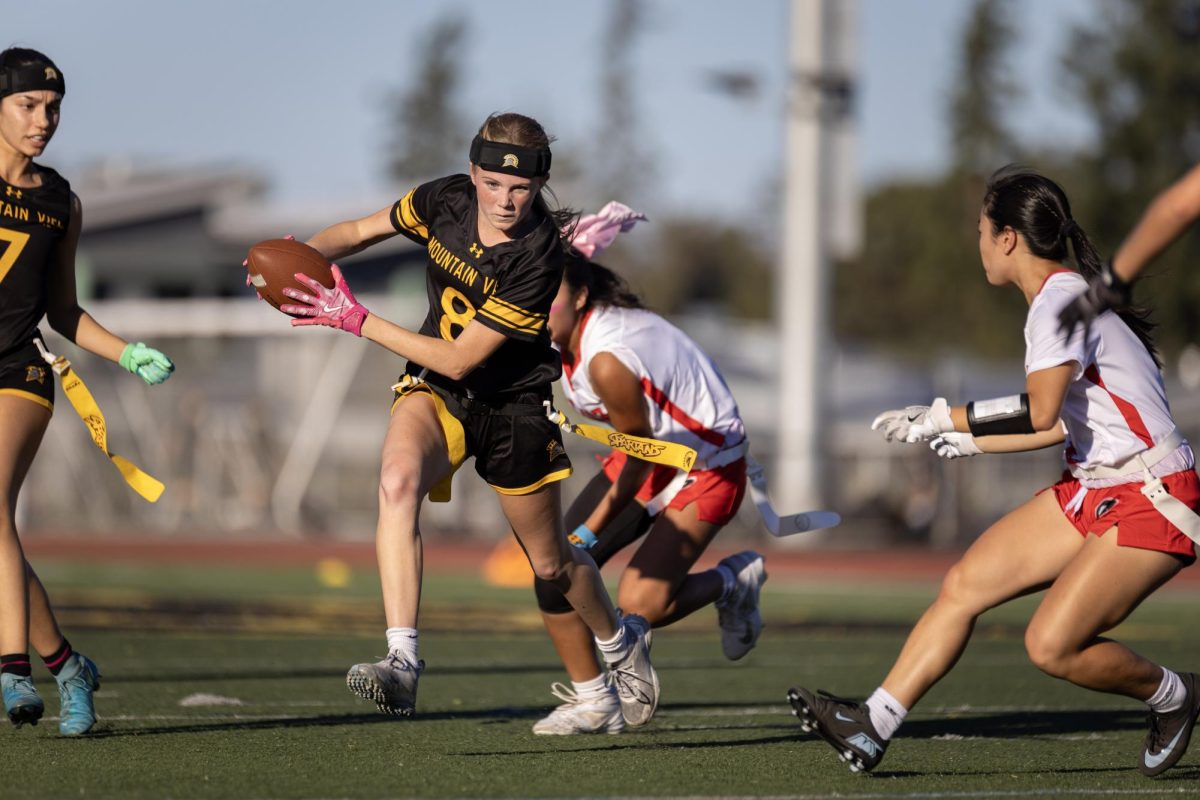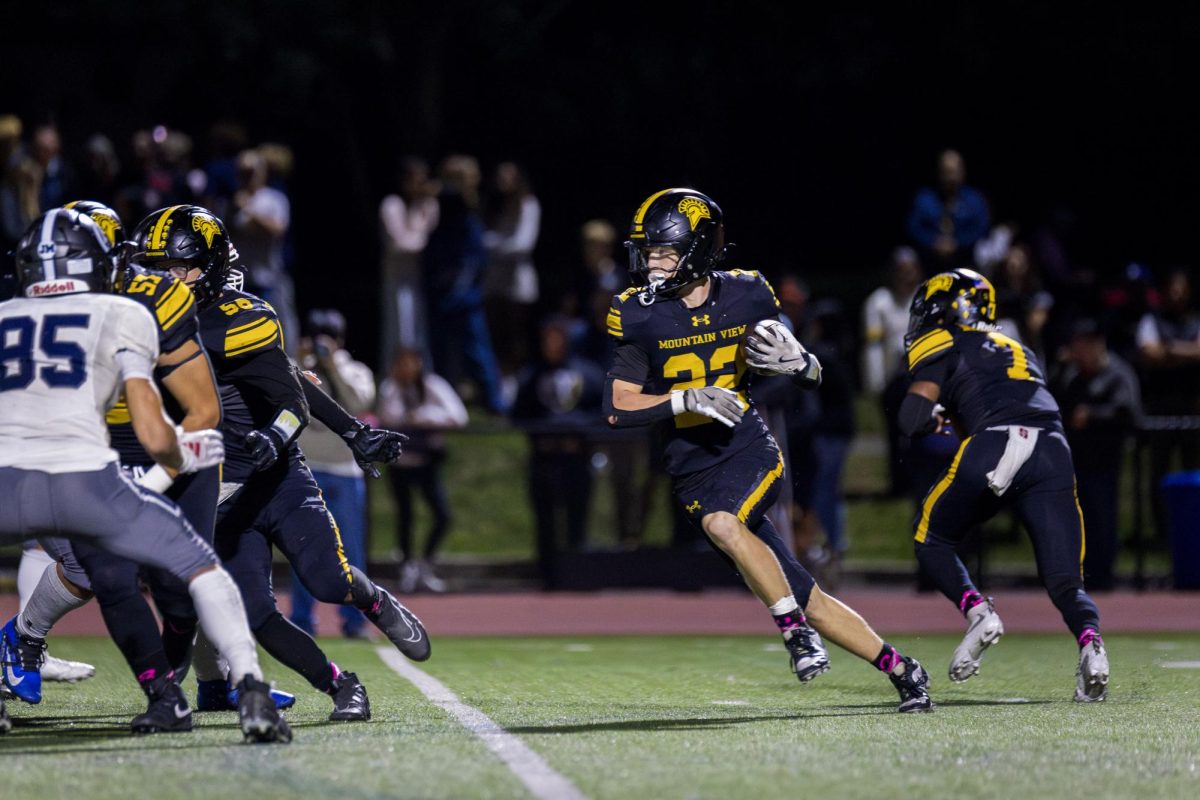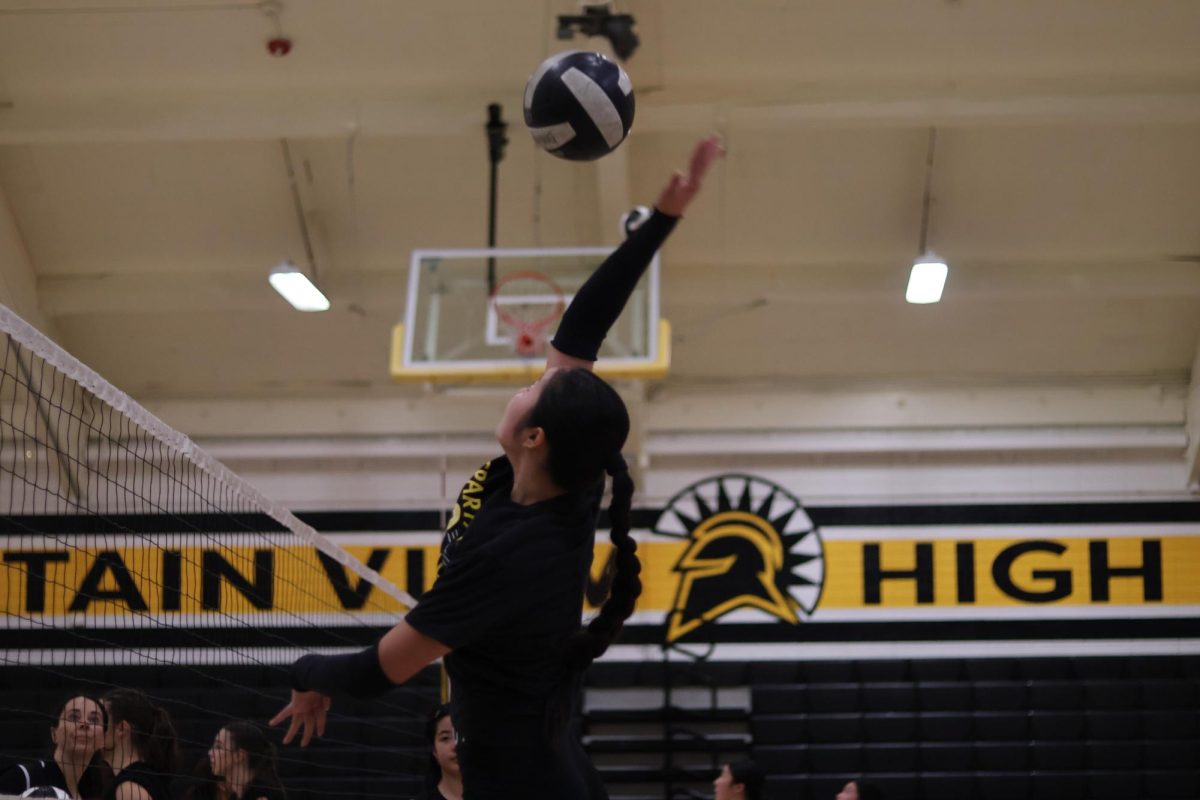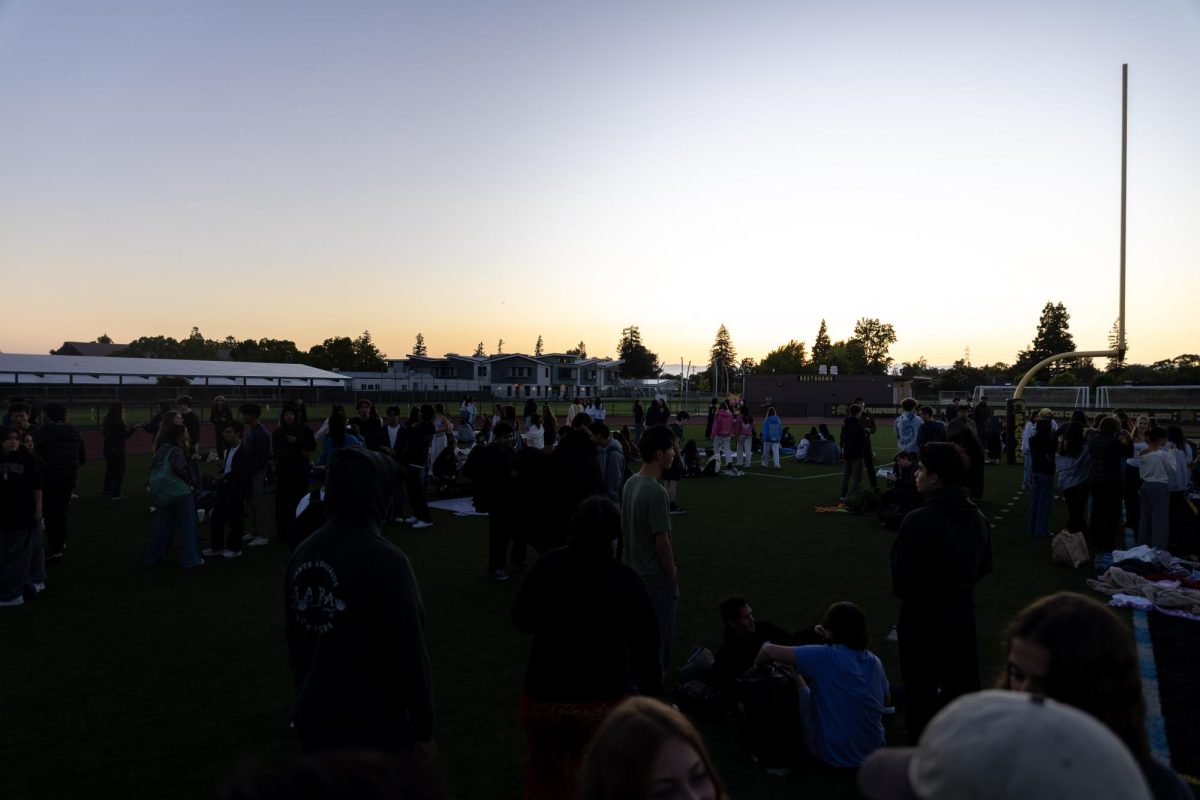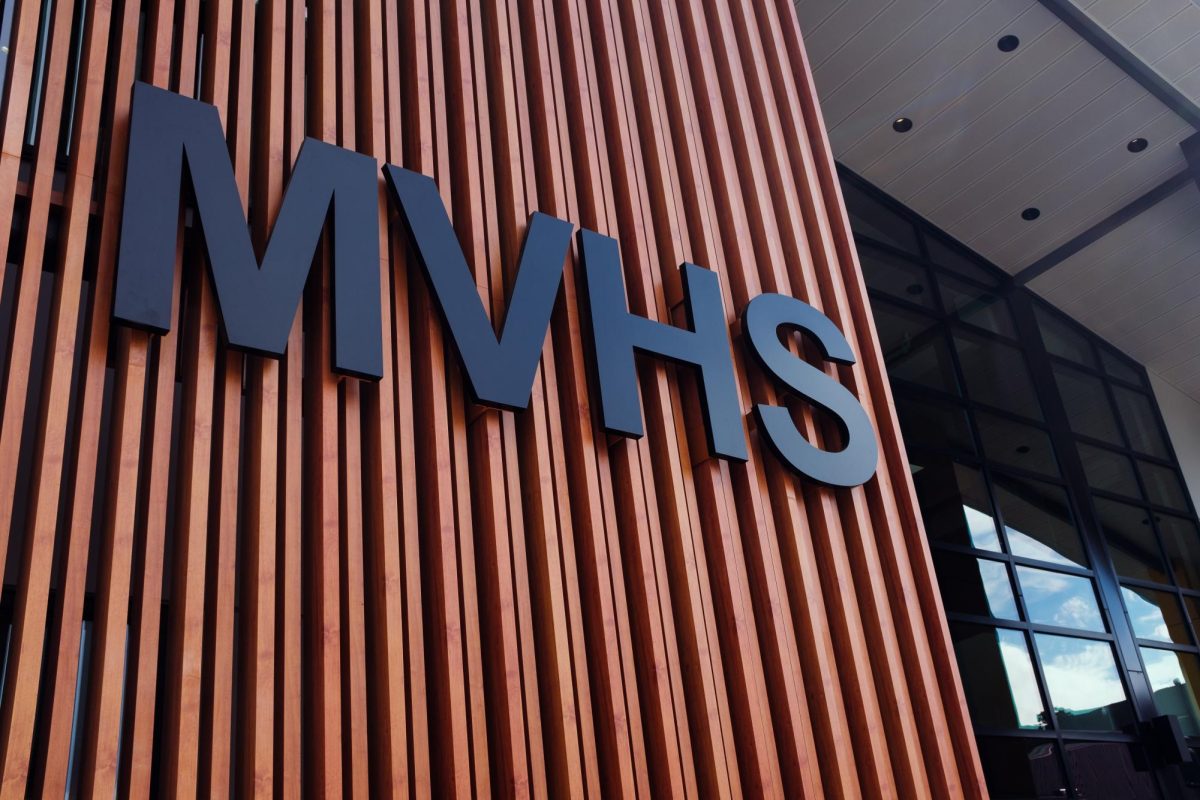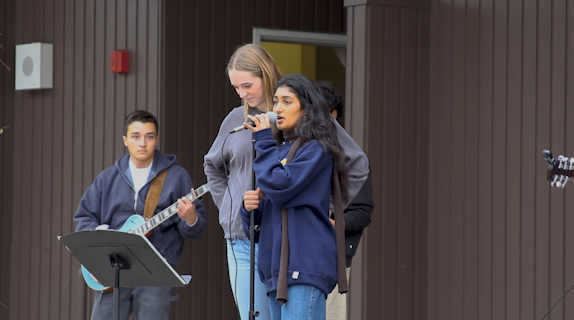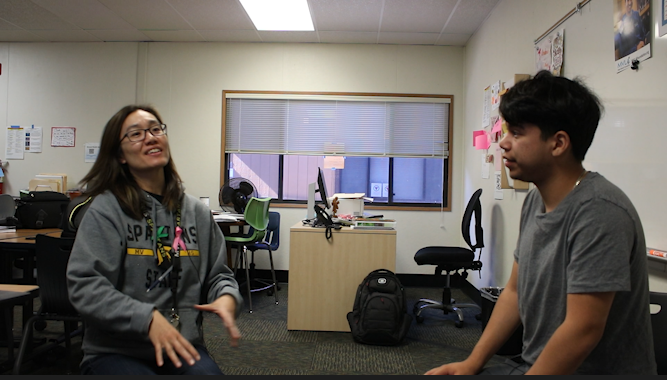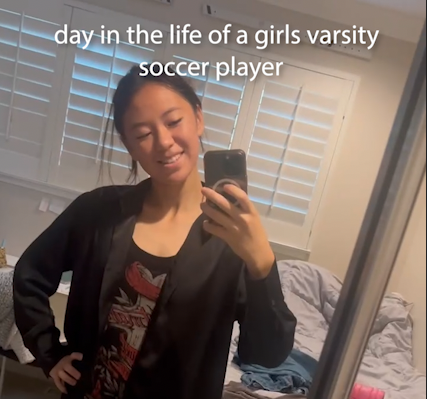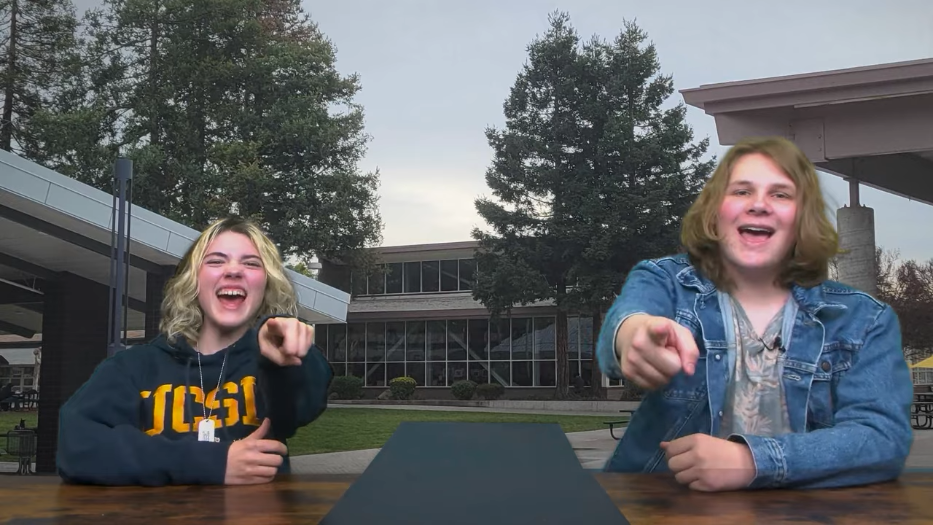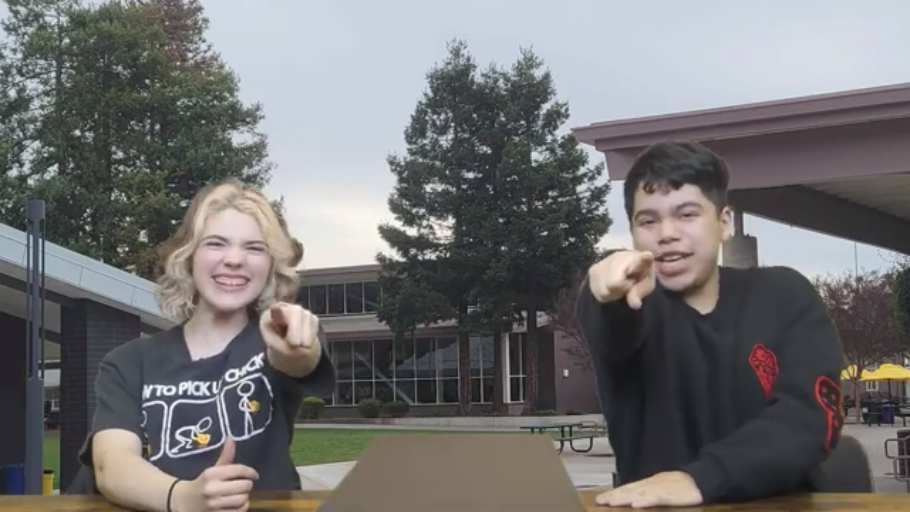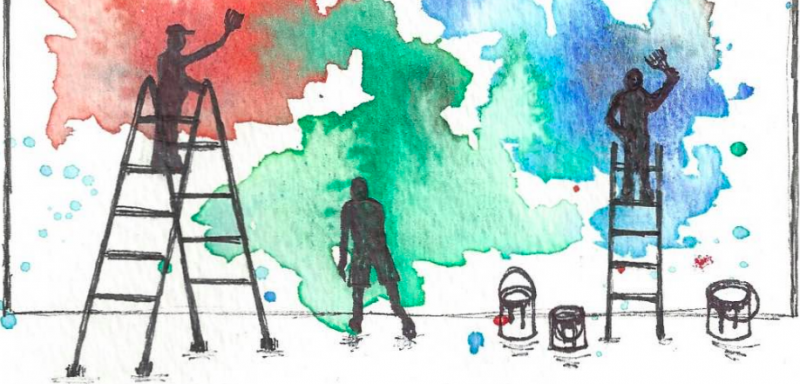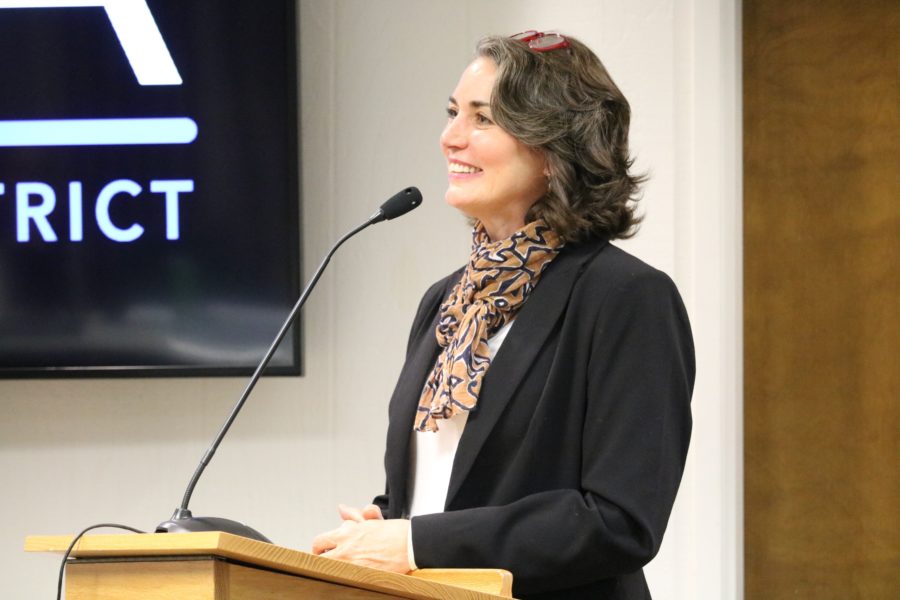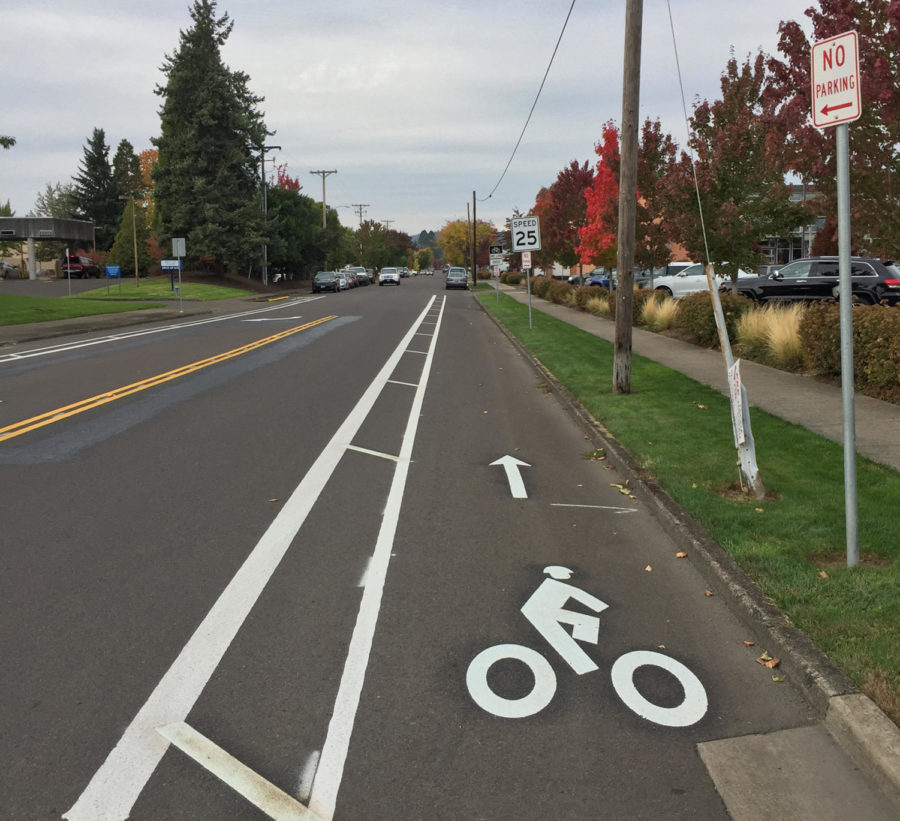Covering the span of the hallway walls at my middle school, the Girls Middle School, a mural featured two girls: one in an astronaut suit and another standing behind a podium delivering a speech. This mural promoted the school’s overall message of empowering young girls and greatly affected my motivation and inspiration during school.
However, now attending MVHS, I have noticed the lack of artwork similar to the encouraging murals and inspirational messages present at my middle school.
Murals should be allowed on campus because they create a positive school environment and promote student expression through art. With the upcoming Measure E campus renovations, the school should consider integrating murals and art into the design of new buildings.
“The best schools are using physical space for arts and culture as a launch pad to bring creativity to the whole curriculum at all key stages,” said Pat Cochrane in an article by The Guardian. Cochrane is a chief executive of Cape UK, an independent research and development agency focused on creativity and learning.
Currently, there is no known policy surrounding campus art, but Principal David Grissom has voiced concerns about the appearance, placement, and message of a potential mural.
To address such concerns, I believe that there should be a process for approving murals so that they can be used in a respectful and tasteful way. Murals should be modeled before they are implemented and approved by the school administration. Further, they should have a clear message or purpose to contribute to a positive school environment.
“The best schools are using physical space for arts and culture as a launch pad to bring creativity to the whole curriculum at all key stages”
Murals would provide a simple way to give our school more personality and a more positive and inspiring environment. It would also add more color to our school walls and promote creativity throughout campus.
Additionally, campus art could be used as an outlet for student expression or to spread a specific message. For example, student groups on campus could design a mural to bring student awareness and attention to an issue they feel passionately about.
According to psychologist and mental health commissioner Dr. Arthur C. Evans in an article by the American Psychological Association, art is a keystone to connecting communities. Evans helped coordinate the Porch Light program, which has painted numerous murals around Philadelphia to break down the mental health stigma.
“Painting murals seemed like it could be a very non-threatening, very engaging way to serve our populations and get our messages across,” Evans said.
A project similar to Porch Light would be incredibly beneficial to our school, whether it is used for empowerment and inspiration like the murals at my middle school or to start the conversation on an important topic.

